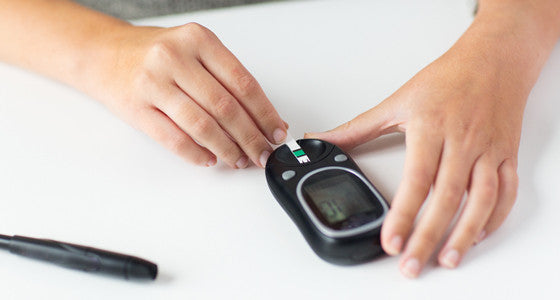01.08.2017
0
The accuracy of your meter results depends, in part, on how well you follow the steps for testing. Here are the top 10 testing tips.
If you need to obtain a new meter or testing supplies, click here.
- Wash your hands. The single most important step you can take to get a trustworthy reading is to use soap and water before you prick your finger. If you have lotion on your hands or any residual food from eating it can affect your testing results.
- Use alcohol. When you're stuck somewhere without a sink in sight, rubbing alcohol will do the trick. Use it in place of hand washing to clean the finger, removing any residue before you rest.
- Dry your hands. Whether you wash your hands or use an alcohol swab before testing, be sure to dry thoroughly. Excess water and rubbing alcohol can dilute your blood sample, affecting your reading.
- Use a second drop. If you do not have access to wash your hands or are not carrying an alcohol swab, then use a second drop! Prick your finger and wipe the first drop of blood away with a clean tissue or garment. Test with the second drop of blood, which is less likely to be contaminated.
- Test on your finger. Some meters allow for pricing alternate sites that may be less sensitive to pain than the fingers, such as a palm or forearm. But results from such sites don't reflect your current blood glucose level. There is a lag between the blood sugar reading on the arm vs the finger.
- Don't squeeze. Getting a large enough blood sample is important - meters won't display a reading if there's not enough blood on the test strip - but squeezing and rubbing your finger after you've pricked it can affect the blood sample.
- Get the code. Many meters don't require coding, but if yours does, you'll need to input a number or use a "key" or "chip" each time you open a new bottle of test strips. Any time you think your meter is making mistakes, make sure your meter has the code from your current test strip bottle.
- Use control solution. If you get a reading that seems out of the normal - maybe your number is extremely high after a daily run that usually lowers your blood glucose - test how well the meter is working with its strips by using the meter's control solution. First off, make sure your control solution isn't expired (an open vial is good for only 90 days or the expiration date, whichever comes first).
- Use the right test strips. There's only one rule when it comes to old strips - Trash them! Using the correct strips and storing them properly also are important. Using strips that aren't approved for your meter can lead to incorrect readings. And improperly stored strips will yield poor results, too.
- Protect your supplies. Don't store your meter and strips where it's too hot, too cold, too humid, or too high in altitude. Once you return the meter to a normal temperature, humidity, or altitude, however, it should be back to normal. Still, you'll want to plan for such environmental changes, using an insulated container.

